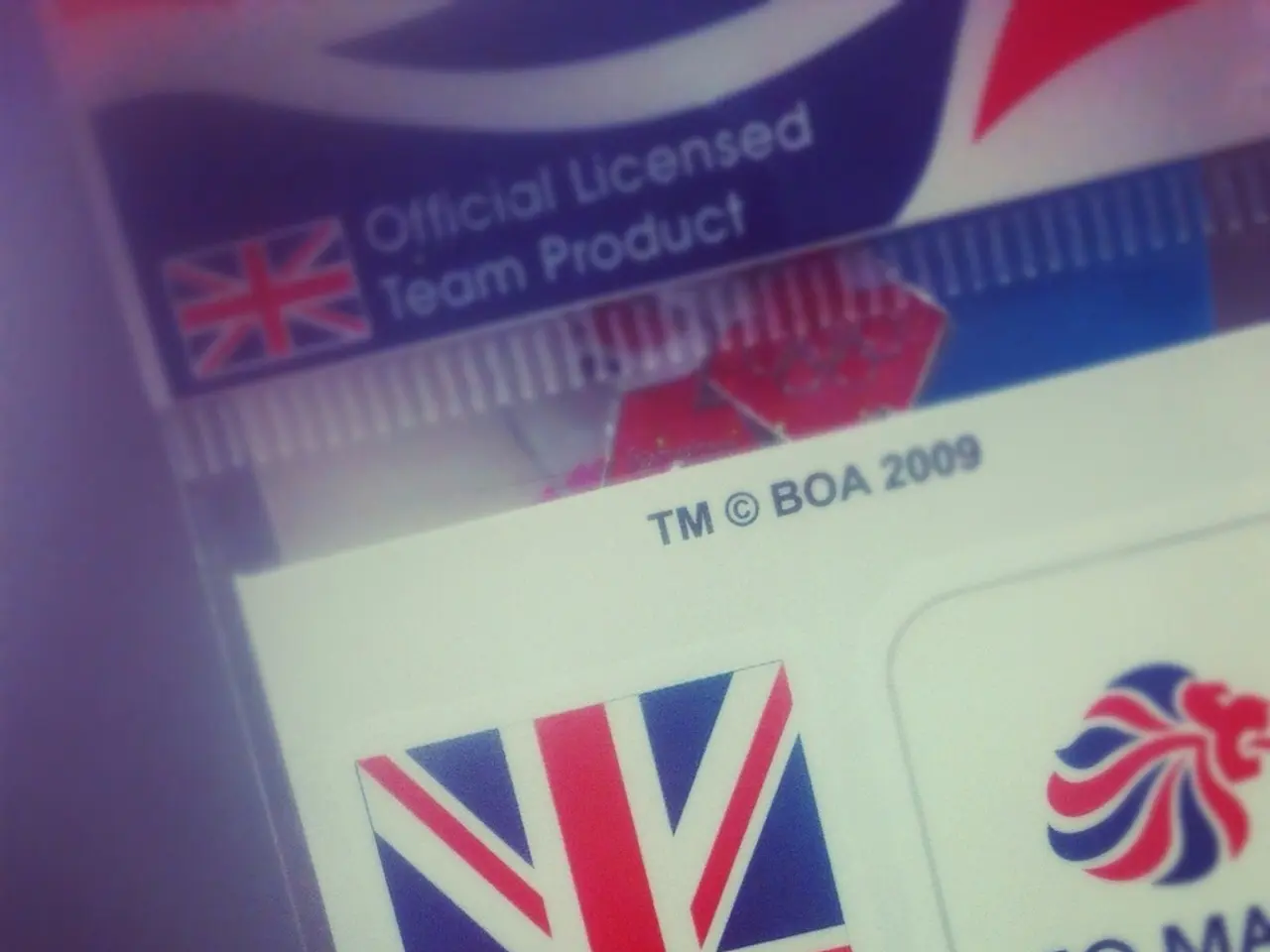Machine Identities as Emerging Compliance Concerns: An Overview
In today's digital landscape, machine identities have become a crucial aspect of enterprise systems, outnumbering human users in most cases. However, the management and governance of these identities can pose challenges due to their programmatic generation and rapid scaling.
To maintain compliance and security, a holistic, unified, and automated approach is necessary. Enterprises should focus on comprehensive discovery, unified governance, strict access control, and continuous lifecycle management of machine identities.
Discover and Inventory All Machine Identities
The first step is to identify all machine accounts and identities, including service accounts, application identities, and AI agents. This foundation for visibility and control is essential for effective management.
Unified Identity Governance
Machine identities should be managed alongside human identities within a unified platform. This eliminates silos, applies consistent policies, and simplifies oversight, including classifying machine accounts by type, assigning owners, and bringing them under governance to maintain accountability.
Apply Least Privilege and Access Policies
Enforcing the principle of least privilege is crucial. Machine identities should have only the permissions needed for their purpose, with regular reviews and certifications to maintain compliance and minimize attack surface.
Automate Lifecycle Management
Automating the full lifecycle of machine identities, including creation, rotation of credentials/secrets, monitoring, and decommissioning, is vital. Integration with secrets vaults and DevOps pipelines is essential to maintain security and reduce manual errors.
Continuous Monitoring and Posture Assessment
Active monitoring for unusual activities or risks stemming from unmanaged or stale accounts supports compliance with regulations and security frameworks.
Implement Clear Ownership and Governance Policies
Define roles and responsibilities for managing machine identities, ensuring proven governance processes are in place for certificate/key issuance, approval workflows, and incident response.
Operationalize Identity Security
Treat machine identity management as a continuous process, integrating intelligent privilege controls from the moment identities are created. This proactive approach prevents risks and ensures ongoing compliance.
Excluding machine identities from compliance frameworks creates blind spots, exposing businesses to legal, operational, and reputational risk. Unmanaged machine identities can contribute to real-world incidents and regulatory failures, and regulations now hold machine identities to the same accountability standards as human users.
Modern regulations, such as those addressing the SolarWinds breach, explicitly address the lack of visibility into machine activity. Traditional identity governance tools were not built for machines, but cryptographic proofs allow machines to prove they meet certain conditions without revealing sensitive data, protecting intellectual property and ensuring strong security and compliance.
In conclusion, a comprehensive approach to machine identity management is essential for maintaining compliance and security in enterprise systems. By treating machine identities with the same rigor as human identities, enterprises can ensure a secure and accountable digital environment.
[Our Website] offers a hassle-free verification process and is committed to a user-centric internet where individuals maintain control over their data. As members of the World Wide Web Consortium (W3C), we uphold the standards for the World Wide Web and work towards a more secure and user-friendly online experience.
- To effectively manage and secure machine identities in the era of data-and-cloud-computing and technology, it's crucial to adopt a unified approach that encompasses comprehensive discovery, automated lifecycle management, and continuous monitoring.
- Increasingly stringent cybersecurity regulations require enterprises to treat machine identities equally with human identities, implementing clear ownership, governance policies, and continuous monitoring to ensure compliance and accountability.




